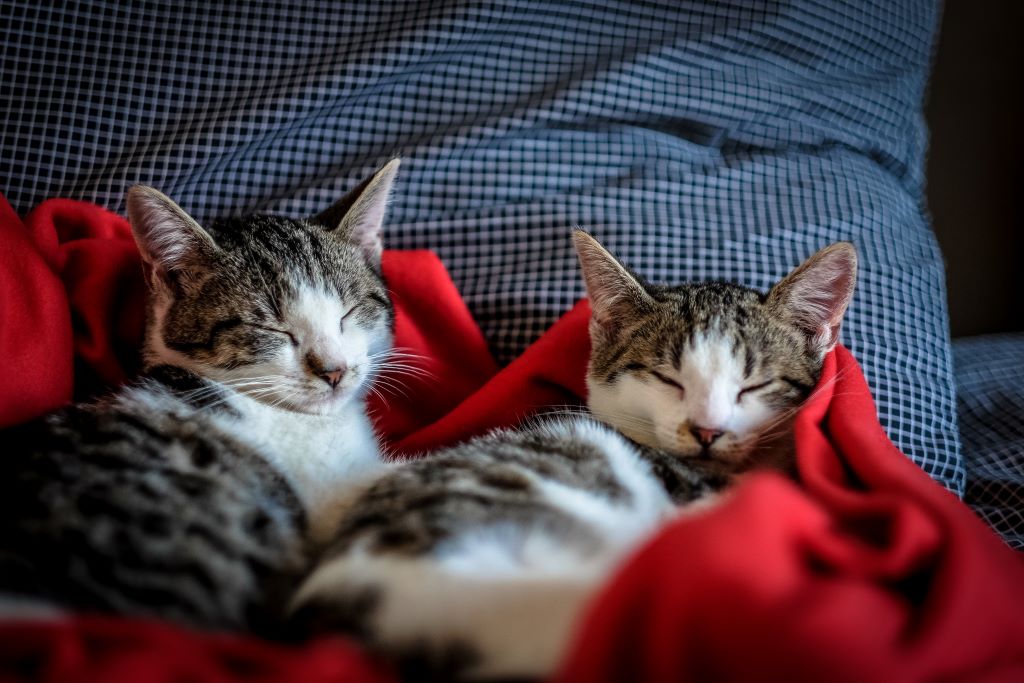As a cat owner, your first instinct may be to bristle at the title of this post. Maybe you love giving your furry companion the freedom to explore the outdoors (it’s a cat’s natural habitat, after all) before settling onto your lap for the night. Yet, an increasing number of cat owners are starting to switch their feline friends from outdoor to indoor living. Here’s why they’re doing it, and how you can make the transition if you decide to join them.
To Protect our Bird Population
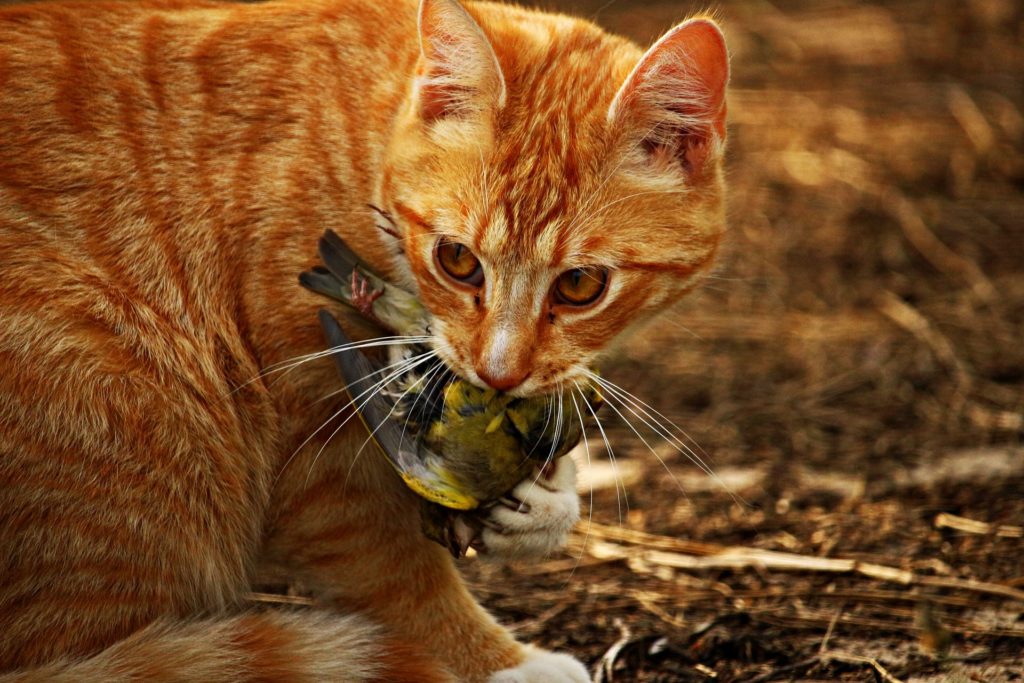
According to the American Bird Conservancy, the number one threat to our wild bird population is domestic cats. Every year in the U.S., an estimated 2.4 billion birds are killed by outdoor cats, and at least 40 bird species have been made extinct partly due to cats. These numbers are astronomical enough, yet they take on new gravity in the face of the fact that our North American bird population has been in a steady decline since 1970, with a startling loss of 3 billion birds.
The decline of the bird population also has far-reaching consequences in our ecosystem. Birds act as natural pest control, they pollinate and disperse seeds, and drive other important cycles in the ecosystem. Migratory birds serve as “cleaners” to our ecosystem, protecting crops by controlling rodents and pests on farmlands. Birds eat disease-carrying insects that could otherwise infect humans. And pollinating birds spread fruit and other seeds that contribute to a healthy and sustainable environment. This precious balance in nature is put off kilter by cats and other bird predators.
To Protect our Cats

Birds aren’t the only ones at risk—our cats are not just predators, but prey, out in the great outdoors. Bobcats, coyotes, owls, hawks, foxes, raccoons, opossums, weasels, and other wild animals prey on domestic cats, even in urban areas. Even if you let your cat out all the time with no incident, it just takes one wildlife encounter to have serious, even fatal, consequences for your cat.
Aside from wildlife, there are other threats to your cat when it’s roaming free outdoors. It could get hit by a car, contract a deadly disease from other cats, or ingest poisons from rat poison or slug baits. Outdoor cats are also more likely to contract parasites like fleas and ticks, bringing them into your home and to your other pets. All of these factors contribute to the statistic that indoor cats live an average of 10-15 years, while an outdoor cat’s life is dramatically shorter: 2-5 years, on average.
Tips for Turning Your Outdoor Cat into an Indoor Cat
Use a cat leash
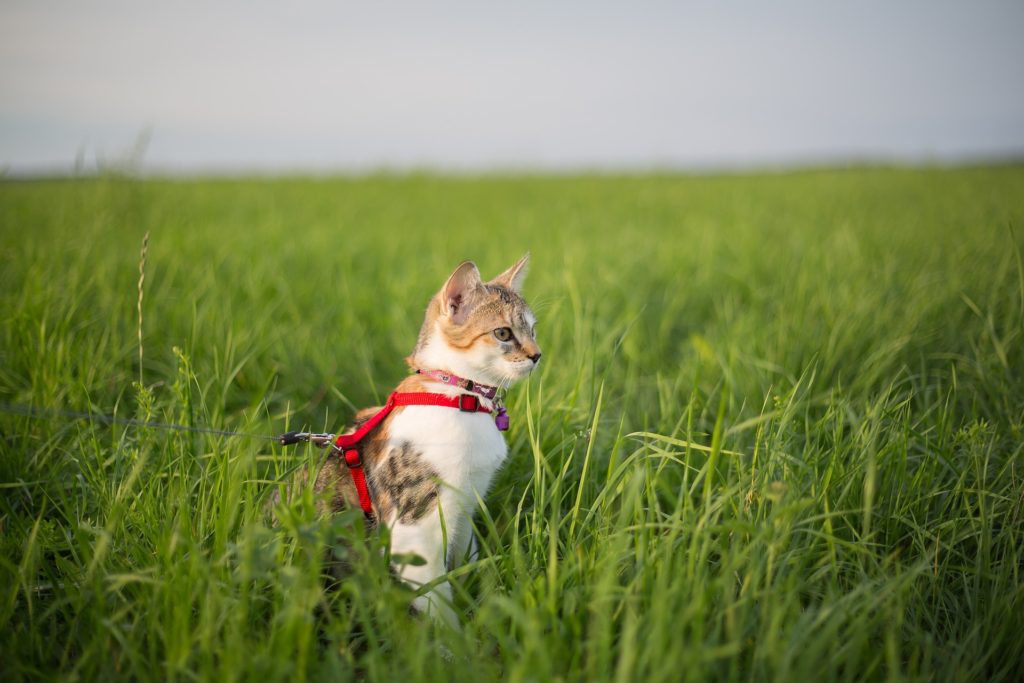
It may sound funny because you don’t see it as often, but cats can be walked on leashes the same as dogs. Get a leash or harness for your cat and walk the neighborhood, hike, go to your local park—the same adventures you would take your dog on. It will likely take some training, but your cat will learn to love (or at least tolerate) their leash when they start equating it with exploring the outdoors.
Buy or build a cat enclosure
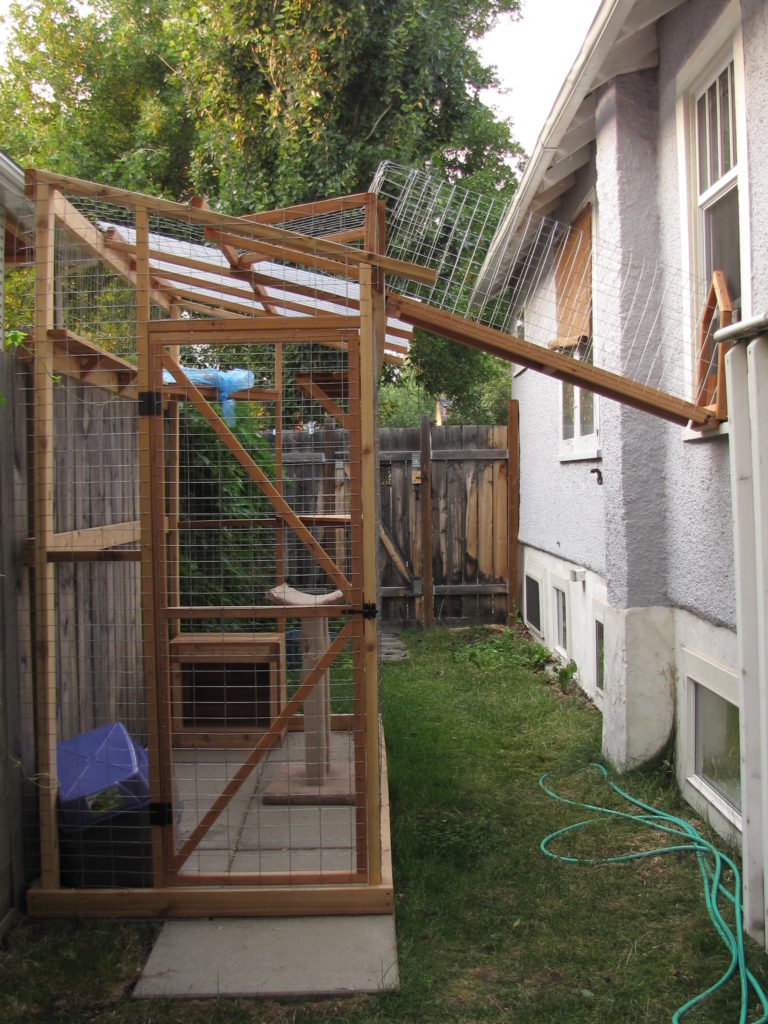
“Catios,” cat window boxes, and other cat enclosures are gaining popularity. They allow cats to watch nature from a safe space that’s protected from wildlife and the elements. Especially in a place like Big Bear Lake, cats can have a front row seat to watch a variety of birds, squirrels, and other animals as they lounge safely behind plastic, metal netting, or some other type of barrier.
Get creative with your indoor play
There are so many different types of products out there to make indoor cat play more exciting. A cat-sized hamster wheel, for example, lets cat get fun (and exercise) indoors. Of course, cat trees and condos, scratching posts, towers, and other types of “cat furniture” are all great options.
Consider adopting a companion
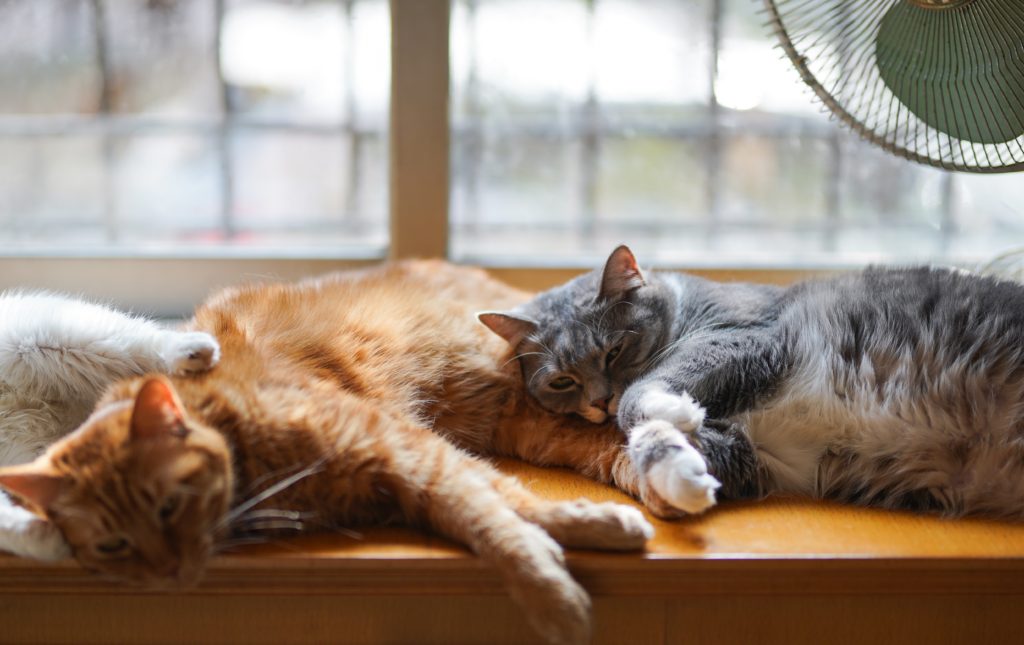
Getting a companion animal, like another cat or a dog, for your cat will keep it company on its indoor adventures. And since cats are social animals, having a constant companion in the house will likely keep your cat from getting lonely.
Be patient
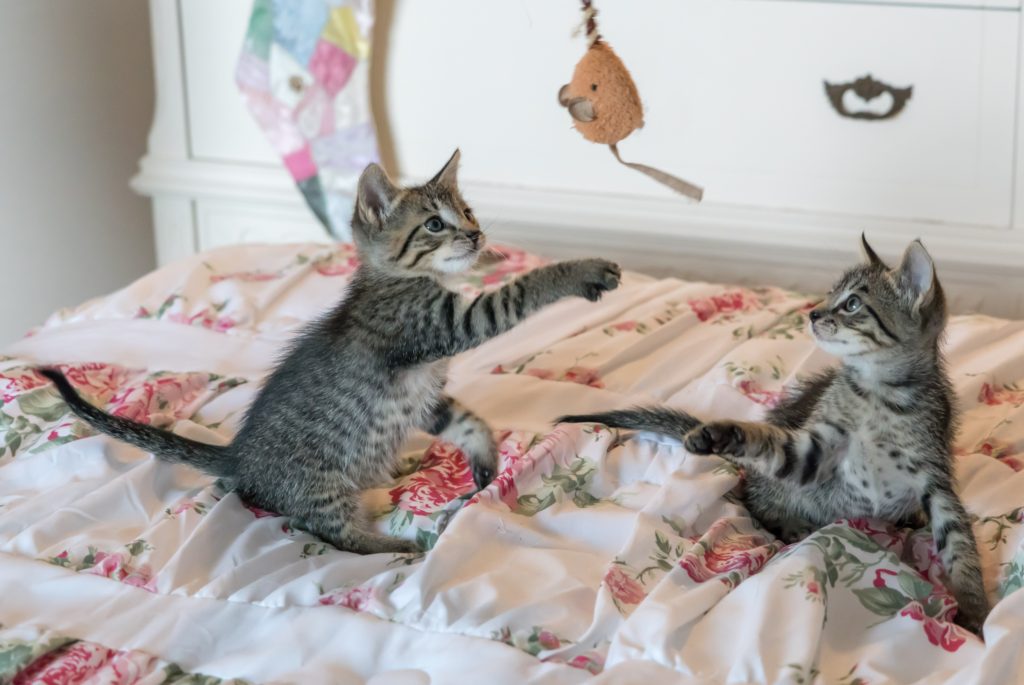
It may take time to make the transition—especially if your cat has been an outdoor cat for a long time. Give your cat more love, attention, and play time than normal, so that they equate the indoors with positive feelings. Remember that you’re going to have to make up for the stimulation that they used to get outdoors, so increase your playtime and make it more exciting, even using toys that satisfy your cat’s natural hunting skills, like a teaser stick toy.
We Want to Hear From You!
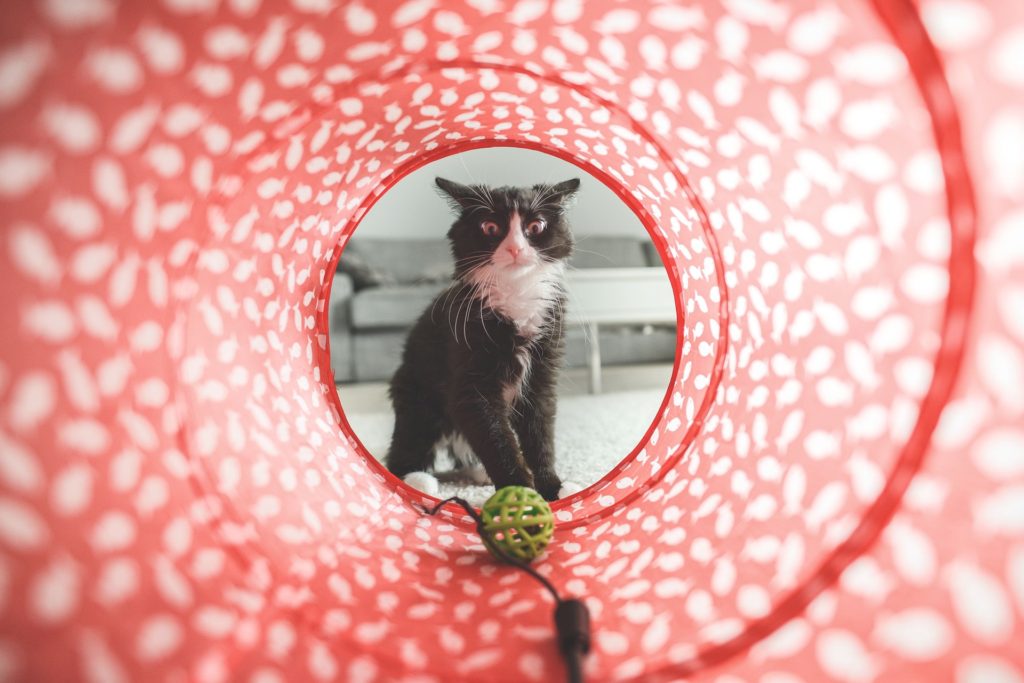
Have you transitioned your cat from outdoors to indoors? What helped you make the change? We’d love to hear your stories and tips, so please comment below!
For more information on birds and local wildlife, visit us at www.chirpforbirds.com. And check out our upcoming events—both in-person and virtual—on our Activities page.
Catio photo courtesy of Flickr.

